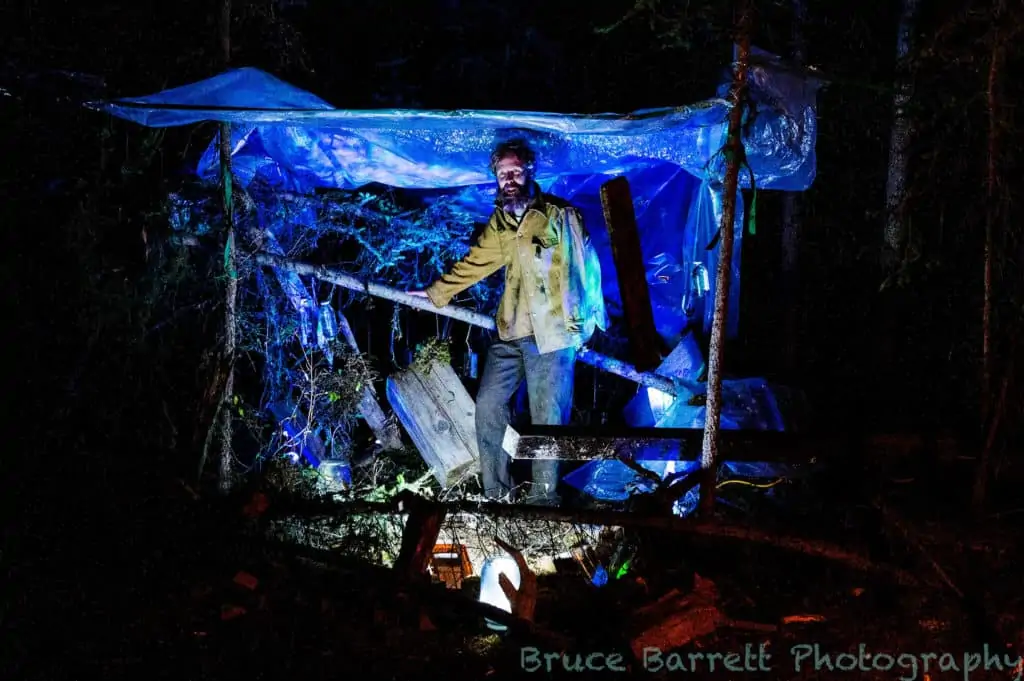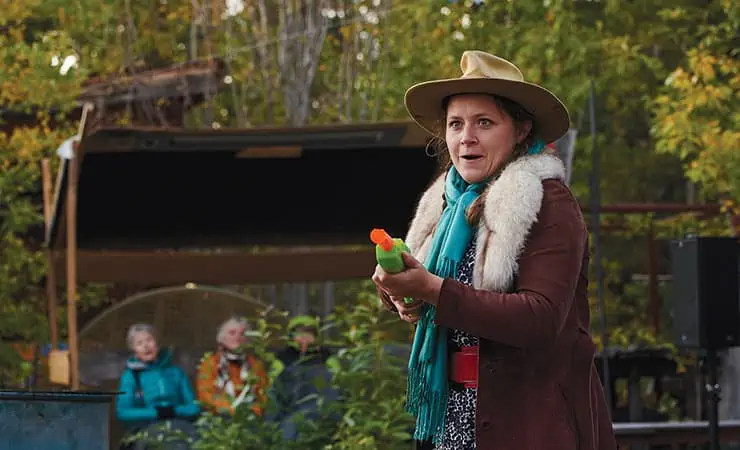Imagine taking a roller coaster ride and then writing about it as if you were still on the ride. That is an example of the journalistic for which Hunter S. Thompson was famous.
Simply put: He lived it, then wrote about it.
This style of journalism often leaves objectivity at home, seeks new adventures, finds them and then communicates them in such a way that readers find them, too.
To a large extent, it embraces first-person narrative.
The documentary Super Size Me is a classic example of this style of journalism. The writer puts himself into what he’s writing about; or rather, puts what he’s writing about into himself … quite literally – and then offers the reader some, too.
Denise Norman who writes “Adventure on 2 Wheels,” lives her experience and then shares it with us in a way that takes us along with her. When I read her column, I feel like I have gone on a road trip (something I will never do on two wheels).
Ian Parker tries out different sports and writes about them in “Let’s Do It!,” while Sarah Lindstein’s column, “Night Moves,” shows her experiencing different entertainment venues.
Catherine Millar, too, tries out summer and winter fun in her two seasonal columns: “Sun & Games” and “Snow & Tell.”
And who hasn’t felt like they were standing in a stream with Dennis Zimmermann after readying his “Been There, Fished That” column?
Meanwhile, our editor has experienced the cleansing power of colon hydrotherapy and then, much to the delight of his readers (and the horror of his children), described the experience. He did not tell readers what to think or feel. He allowed them to interpret that from his experience. And he padded the story with facts concerning this therapy.
There are similar journalists among us: comedians Anthony Trombetta and George Maratos spend a portion of their lives onstage in front of audiences who engage in reactive delight to their comedic take on “life as they know it.”
When they write, they step onto that stage again; only this time, we (their readers) become the audience.
This live-it, tell-it style of journalism delivers a message in a way that engages the emotions as writers replay an experience. Unlike the writer who chooses an objective approach – writing about what swimming looks like, sounds like, smells like. This journalist would jump or dive in, feet or head first, experiencing the shock of cold and the resistance as they reach and pull and finally break the surface and hungrily gulp for air, satisfied and proud that they took the plunge … then describe every sensation in every moment.
The downside of this splash is that this style is not always practical or even preferable. It is a great challenge and a great victory, in writing, to show, and not tell, in such a way that showing presents a picture but does not tell the reader what to think or feel.
To contrast, objective journalism, as far as objectivity is possible, leaves room for readers to interpret what they read.




